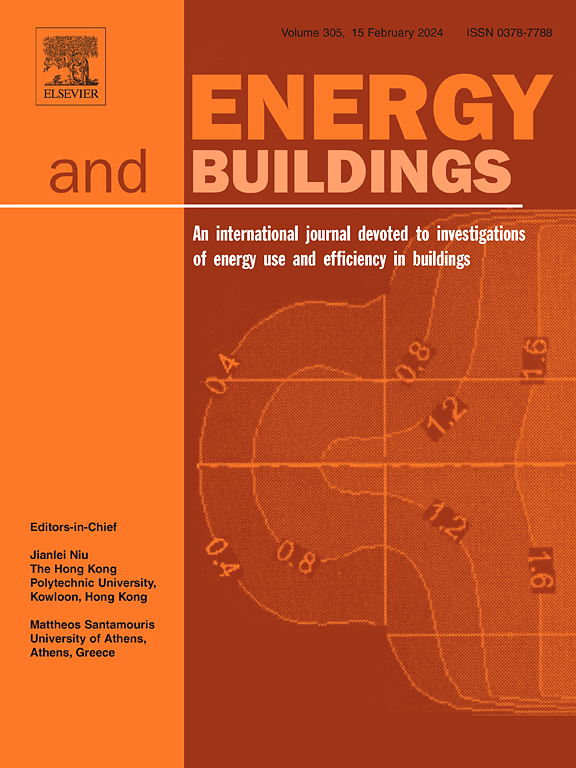Optimized design and performance study of hybrid energy systems for building clusters based on image recognition and generative models: A case study of office parks
IF 6.6
2区 工程技术
Q1 CONSTRUCTION & BUILDING TECHNOLOGY
引用次数: 0
Abstract
The reasonable design of building hybrid energy system capacity configuration is crucial to ensuring the economic viability and applicability of decarbonized operational building parks. This study proposes an optimal design method for configuring parameters of hybrid energy systems, integrating parametric techniques (Grasshopper) with multiple models to explore the optimal combination of wind power, solar power, heat pump technology, and energy storage systems. The design process incorporates the segmentation and analysis of building site images using the TransU-Net model to assess the suitability of the design location and the installed capacity of system components. Additionally, the SPEA-II optimization algorithm is applied based on four evaluation indices: wind and solar energy complementarity, power supply loss rate, initial system investment, and economic coefficient. This approach enables the optimal solution screening for hybrid energy systems in buildings. Experimental results demonstrate that the optimized energy system increases renewable energy utilization by 5%–10%, enhances stability by 26.09%–56.70%, and reduces economic costs by 24.85%–59.55%. Furthermore, the proposed method achieves a feedback time as short as 320 s, enabling rapid response to pictorial scheme adjustments.
求助全文
约1分钟内获得全文
求助全文
来源期刊

Energy and Buildings
工程技术-工程:土木
CiteScore
12.70
自引率
11.90%
发文量
863
审稿时长
38 days
期刊介绍:
An international journal devoted to investigations of energy use and efficiency in buildings
Energy and Buildings is an international journal publishing articles with explicit links to energy use in buildings. The aim is to present new research results, and new proven practice aimed at reducing the energy needs of a building and improving indoor environment quality.
 求助内容:
求助内容: 应助结果提醒方式:
应助结果提醒方式:


